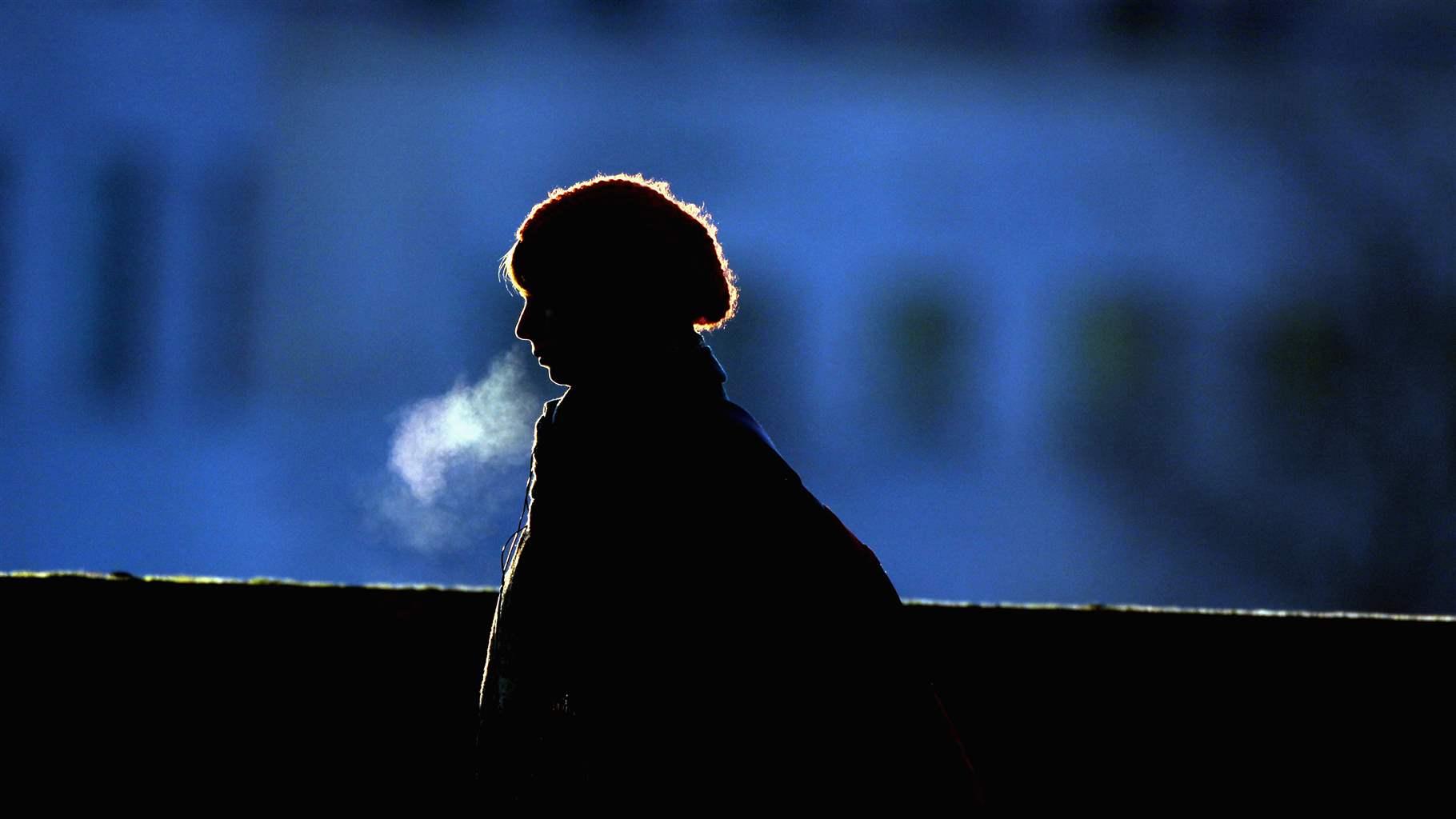As winter arrives and daylight hours decrease, it gets easier to hit the snooze button and stay in bed. It turns out that there’s a scientific reason behind this phenomenon that helps to explain why people struggle to adjust their internal clocks—also known as circadian rhythm or sleep-wake cycle—when the weather turns colder.
Two Pew biomedical scholars are studying how the body senses and regulates temperature, as well as the connection between temperature and sleep. Their research helps illuminate the crucial role that the external environment has on the body’s internal responses, and how it ultimately drives behavior.
How the body regulates temperature
Scientists know that the human body regulates its internal temperature and avoids extreme fluctuations, both of which are critical for the body to function properly. However, little is known about how temperature-sensing receptors, or proteins that initiate sensory responses, are activated by extreme heat, warmth, or cold. To learn more about how the body acts as a biological thermostat, Pew scholar Juan Du is investigating how temperature is monitored at the molecular level. Focusing on a family of proteins known as the transient receptor potential melastatin (TRPM), the Du lab at the Van Andel Institute in Grand Rapids, Michigan, is determining the structure of these proteins to learn about their diverse functions.
For example, Du studies TRPM2, the key warmth-sensing detector of the hypothalamus, which helps stimulate key bodily functions to maintain homeostasis. This specialized protein helps to regulate body temperature, for instance, to prevent overheating when fever occurs. After uncovering the detailed structures of the TRPM2 binding site, the region that control’s the protein’s on and off switch, Du’s lab aims to pinpoint small molecules and antibodies that can serve as the basis for new drugs to bind to the receptor and modulate its activity. These findings could help inform ways to treat or prevent tissue and brain damage associated with overheating.
How temperature affects sleep
Just as temperature affects the body internally, the outside environment also plays an important role. To understand how temperature and light can affect a person’s circadian rhythm, Pew scholar Marco Gallio, an assistant professor in the Department of Neurobiology at Northwestern University, studies how Drosophila, or fruit flies, sense hot and cold and relay that information to the brain.
Gallio’s lab has discovered a specialized neural circuit that sends signals about temperature conditions from the sensory neurons of the fly’s antenna to its brain. However, the receptors that act as a “thermometer” on the fly’s antenna only respond or activate the cold circuit when temperatures become cooler than the fly’s comfort zone—about 77 degrees Fahrenheit.
Researchers at the Gallio lab in Evanston, Illinois, also found that when this neural circuit is active, it inhibits a group of neurons in the brain that help regulate sleep and activity. In the fruit fly’s case, the neurons that normally switch “on” in reaction to the morning light turn “off” in certain weather. In other words, when temperatures are too cold, the brain is alerted to stay asleep. These findings demonstrate how the external environment can influence sleep and provide key insights for how the brain directs behavior.
The ability to discern changes in temperature is not only critical for cold-blooded animals such as fruit flies; these findings also have important implications for humans. As creatures of comfort, people are designed to search for the “Goldilocks” temperature: not too hot and not too cold, which is key to achieving a good night’s rest. Without enough sleep, people can face an increased risk of fatigue or lack of concentration. And poor sleep patterns, allowed to persist, can be detrimental to a person’s overall well-being.
These findings by Pew scholars reveal why it’s so difficult to get out of bed in the winter and also provide a vital understanding of how the human body regulates temperature. Work by these researchers can further uncover the scientific basis of the biological thermostat, and its influence on our behavior and health.
Kara Coleman directs The Pew Charitable Trusts’ biomedical programs, including the biomedical scholars, Pew-Stewart Scholars Program for Cancer Research, and Latin American fellows programs, and Jennifer Villa is a principal associate supporting the programs.
Source: Researchers Explore How the Human Body Senses Temperature













